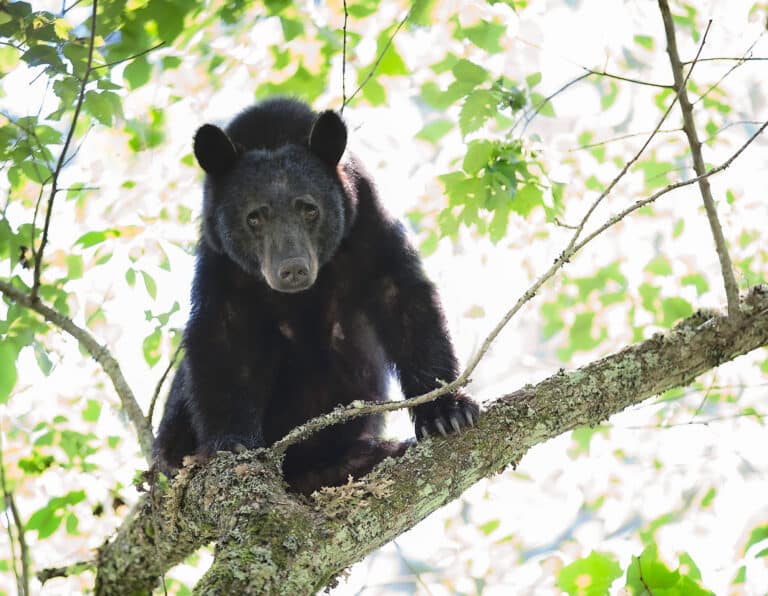Benton MacKaye’s A.T. vision celebrates its 90th anniversary
In the summer of 1902, Benton MacKaye spent his summer working at Camp Penacook in North Sutton, N.H. He told his boss, Virgil Prettyman, of an idea he’d been thinking about for a few years: “There should be a trail from Mount Washington to Mount Mitchell.”
“A damn fool scheme, Mac,” Prettyman answered, according to a letter MacKaye wrote many years later.
But MacKaye didn’t forget his crazy plan.

Born in Stamford, Conn., in 1879, second youngest of six children, Emile Benton MacKaye was always drawn to the outdoors. As a child, MacKaye spent hours exploring the region around his family’s home in Massachusetts, making maps and taking notes. “Why shouldn’t I, my own self, be an explorer?” MacKaye wrote, inspired by polar explorer Robert Peary.
MacKaye barely squeaked into Harvard. He spent summers hiking in the New England wilderness and biking on long expeditions.
After earning a graduate degree in forestry from Harvard, MacKaye was hired as a “forest assistant” with a salary of $1,000 per year.
MacKaye fell in love with suffrage activist Jessie “Betty” Hardy Stubbs and the two married in 1915. They criss-crossed the country with their work advocating conservation and peace activism. The causes seemed to fall on deaf ears, and Betty, who had long suffered from depression, found that frustration with her work exacerbated other demons. Betty MacKaye committed suicide on April 19, 1921, by drowning herself in the East River.
MacKaye never married again and rarely spoke of his wife. However, he channeled his grief and wrote a short article for The Journal of the American Institute of Architects, published in October 1921. Entitled “An Appalachian Trail: A Project in Regional Planning,” MacKaye again proposed the idea he mentioned to Prettyman twenty years earlier—a trail tracing the Appalachian Mountains that included campsites, larger community camps and inns, and agri-tourism or “farm camps,” where people could vacation away from city drudgery. “Care of the country side … is vital in any real protection of ‘home and country,’” MacKaye wrote.
MacKaye’s idea benefited from good timing. Trail projects in Vermont, New Hampshire, New York, and New Jersey were already underway. Politicians in Southern states were open to the plan as tourism became popular. The Appalachian Trail—completed in 1937—remains one of the greatest examples of regional planning in the U.S.
It is still free to walk, and is maintained cooperatively by more than 30 federal, state, and local entities. In 1972, 93-year-old MacKaye wrote, “Perhaps it is unrivaled by any other single feat in the development of American outdoor recreation.” •







